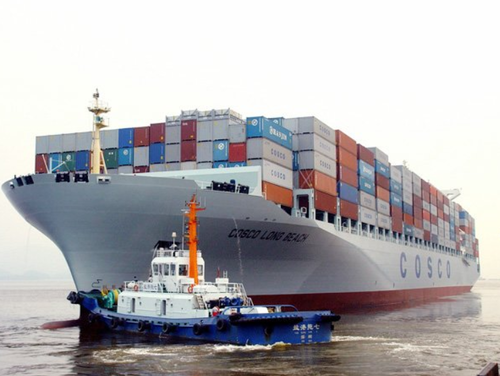We are a major vessel/ship charter in the marine industry, we are hiring out the use of a ship by a vessel owner to another company, the charterer, for the transportation of goods. There are many different types of charter contracts, various cost components that we handle as a charter company. Bellow is a breakdown of chartering services that we handle as a company, covering how it works and who’s involved.
Voyage Charter
The basic hiring of a vessel and its crew for a voyage between the port of loading and the port of discharge is known as a voyage charter. In this type of contract, the ship owner is paid by the charterer either on a per-ton basis, or as a lump sum. Port costs, with the exception of stevedoring, fuel costs, and the crew costs are paid by the owner, and payment for the use of the vessel is known as freight.

Under the terms of a voyage charter, a specific time is agreed for the loading and unloading of the cargo. This is known as laytime, which, if exceeded, obliges the charterer to pay demurrage. Conversely, if laytime is saved, the owner may have to pay despatch to the charterer.
There is also a consecutive voyages clause. This is used when one voyage follows another immediately for an agreed number of voyages within a specific timeframe. The ship is thus going back and forth with an agreed cargo between agreed ports.
Time Charter
A time charter refers to the hiring of a vessel for a specific period of time. Here, the owner still manages the ship, but the charterer selects the ports, decides the routing, and has full operational control of the vessel for the duration of the contract. He pays the fuel costs, port charges, cargo handling costs, commissions, and a daily hire fee.
There is also a trip time charter covering a specific voyage route only for the transportation of a specific cargo. It can be said to be a combination of a voyage charter and a time charter. The responsibilities are similar to those with a time charter (the fixed costs being paid by the owner and the variable costs by the charterer), but as with a voyage charter, the period of the contract depends upon when the voyage is completed.
The Demise Charter
Under the terms of a demise charter, also known as a bareboat charter, the charterer has full control of the vessel. Apart from the capital cost of building the vessel, which is the owner’s responsibility, all other costs including fuel, crew, port charges and insurance, are paid by the charterer. The legal and financial responsibility for the vessel rests with the charterer.
Under the demise clause, the contract can be for long period charters lasting for many years. This is fairly common for tankers and bulk carriers. It can be a form of hire-purchase whereby the charterer eventually acquires ownership of the vessel.
In the leisure industry, the term used is Bareboat Yacht Charter and the Demise Charter term is not used. It is normally a short-term charter for a matter of weeks only. Here, the owner supplies the yacht fully fuelled and in seaworthy readiness. The charterer is expected to pay for the fuel consumed.
